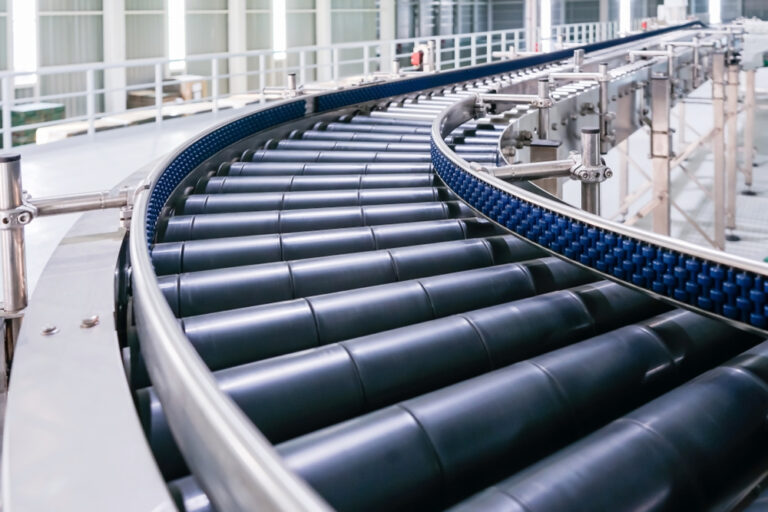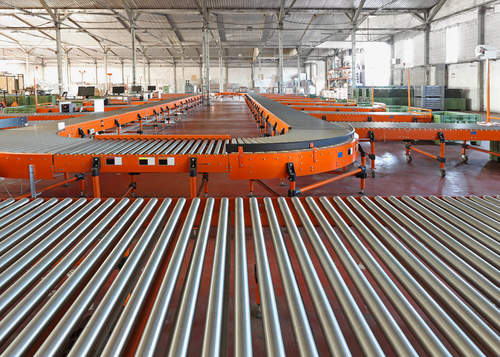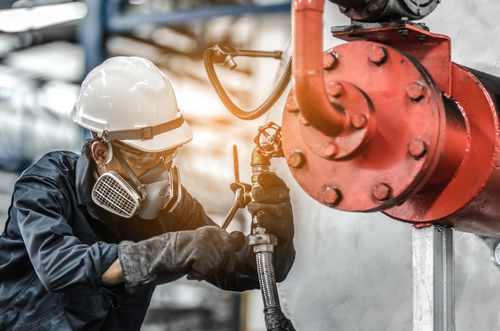What does it really take to ensure your fall protection system is up to building code? From regular inspections to correct installation, ensuring everything is in check is the key to safety and compliance. Keep reading to get an inside look at building code requirements and the inspections necessary to stay up to code.
A Look Into Building Code Requirements
Local governments create building codes to ensure safety, generally in conjunction with engineering and construction experts. Building codes refer to the minimum design and construction requirements necessary to ensure safe and resilient structures. Many jurisdictions draw from the International Building Code.
Think building codes are just arbitrary? Think again. Building codes protect structures themselves (as well as the people in and around them!) from various hazards, including natural disasters and accidents. Building codes are established on a solid foundation of decades of construction knowledge and experience and are updated regularly with new information. Implementing building codes (and ensuring systems are up to code!) can save money on insurance premiums and future maintenance. Over a 20-year period, cities and counties with modern building codes have avoided at least $132 billion in losses from natural disasters.
Installing fall protection systems in accordance with this code and keeping up with it is essential as compliance enforcement will pay a visit to review your adherence.
When officials look at your fall protection system, they will review your structural calculations and make sure systems can withstand gravity and expected loads. They’ll have a checklist of items to review when doing their inspections.
With an expert engineer on your team, the compliance process for your fall protection systems can move forward with ease.
How Mathews Mechanical Inspects Fall Protection Systems
At Mathews Mechanical, we work with fall protection equipment suppliers who recommend how often preventative maintenance and inspection should happen in order to meet building code. Each system has different maintenance recommendations, and we can help you with that schedule.
One of our Mathews Mechanical team members will come out as needed to review system compliance and ensure your fall protection systems are up to the building code. They’ll ensure everything is working as it should and take appropriate steps if they’re not. In addition to routine expert inspection, each time the equipment is used, it should be tested for safety. When everyone’s doing their part, there shouldn’t be any problems!
Fall protection systems are designed to absorb a fall and often can’t be used again after a fall occurs. If our inspection uncovers something broken, or evidence that there’s been a fall, we’ll recommend a replacement and red tag the system until it’s fixed. Fixing these issues immediately is key to maintaining safety and avoiding potential non-compliance fines.
How often do you need your fall protection system inspected? While each system may have its own requirements, the most common timing is an annual inspection by a compliance expert and daily inspection before use.
Stay Up to Code with the Mathews Mechanical Team
Our team has had experience keeping fall protection equipment up to code for decades. We proudly specialize in overhead fall protection, monorails, and roof fall protection systems. From installation of new fall protection systems to an inspection of existing systems, we’ve got you covered.
When you’re installing a new system, the Mathews Mechanical team is also here for fall protection system training to ensure users in your facility know how to use the equipment safely. In an annual inspection, we’ll go through all the proper documentation where we confirm we made the checks and give you a report with any recommendations.
Ensure your fall protection system meets building code. Reach out to the Mathews Mechanical Team today.






